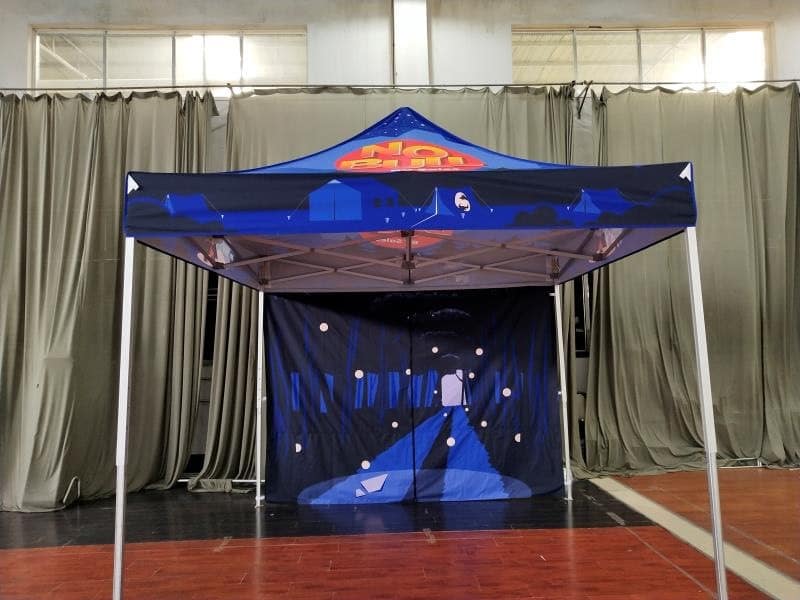Scrapbooking is a fun arts and crafts project many people enjoy doing. People spend hours and days creating a tangible collage of memories. Because of their emotional connection, they will spend the time and effort needed to make it a beautiful creation.
However, the scrapbooking I’m referring to doesn’t involve happy family memories. It involves you, the business owner, and how you handle your brand visuals. What I see a lot of small businesses do is cut and paste their visuals on all types of cookie-cutter promotional material that appears unremarkable. Nothing against promotional paraphernalia, but unfortunately, not a lot of thought goes into how these items interact with your brand or how your brand can take advantage of them. But you aren’t the only guilty party.
A lot of companies exist that offer “scrapbook services.” And a lot of small companies fall into their traps. A “scrapbook company” doesn’t have the emotional connection to your brand that you do; so they give you a templated product that looks like everything else. Unremarkable. You can identify these scrapbook companies when the entire conversation between you and them is, “Tell us what you want it to say and give us your logo.” Well, guess what? The final output will look BORING. Because they are just cutting and pasting your brand visuals without thinking; resulting in it looking like everyone else’s and fading into the background. So how do you avoid this?
How to Avoid Scrapbooking Your Brand
- Hire a designer — Instead of relying on an outsider who won’t understand how to treat your brand, you could have someone in-house who understands your brand intimately and can create powerful designs using your brand visuals, which will look better than what a third-party designer can provide.
- Actually speak with the designer — Get on a phone or zoom call with them and communicate that you are not looking for a boring scrapbook, cookie-cutter template. Their response will determine whether or not you should give them your business. If they respond with something along the lines of, “That’s impossible,” this translates to, “We are only capable of creating scrapbook designs, but we don’t want you to go looking somewhere else.” This is your cue to start looking somewhere else. However, if your request is difficult to pull off, the designer will be able to explain the reason, show you the limitations of your request, and try to problem-solve with you to find a creative solution that will work for you and your brand.
- Financially sort yourself out — This is a conversation I’ve had more than a few times, so forgive me if this seems mean, but… creating art is hard work just like any other “legitimate profession.” If you want great, top-notch artwork done, you’d better be ready to pay. Good work isn’t cheap. Shut up and hand over your wallet (no, this isn’t a robbery, it’s reality). Make sure you plan for the expenses ahead of time. Ask for quotes from different places and use those as references for cost. Find the cheapest price, the most reasonable price, and the most premium price. Understand the quality of work each one is offering or providing. Although, you’d want to avoid the cheapest anyway (there is a reason they are cheap). If you want to cheap out on production, do yourself a favor and forget about it. Save your money. And your time.
- Understanding Context — Very often, people overlook the context their brand visuals are being used in. Taking time to consider small details — like where it’s being placed, what’s going to surround the visuals, and the type of event you are using it in — will go a long way. For example, let’s say you’re creating a fancy table cloth to use at a convention. Here are two things to consider:
- Placement of visuals — You most likely created the visuals to hang off the side, but when people are too close, they can’t see the side of the table. You’ve just lost an impression.
- Environment — When you have people in front of your table, they will block the visuals completely. Now you’ve just lost multiple impressions.

Fig. 1 – Here is an example of some boring tents. It’s just a logo and some text. It’s not utilizing the real estate that it has at all. And they all look identical!


Fig 2 – This is an example of what can be done when you follow the above. The real estate is being used well and the side panels have intriguing illustrations that tell a story. There is also a wall with a path that was designed for people to walk through creating a portal. (I repeat: think about context).
Everybody wants what’s best, but only a few will allow themselves the splendor. Use this to indulge.
- Love Letter to the Forgotten: Intimacy of Analog - January 1, 2024
- I Hate a Roman Named Status Quo! - December 6, 2023
- Vincent Van Gogh, Torture of Belief. - April 21, 2023
